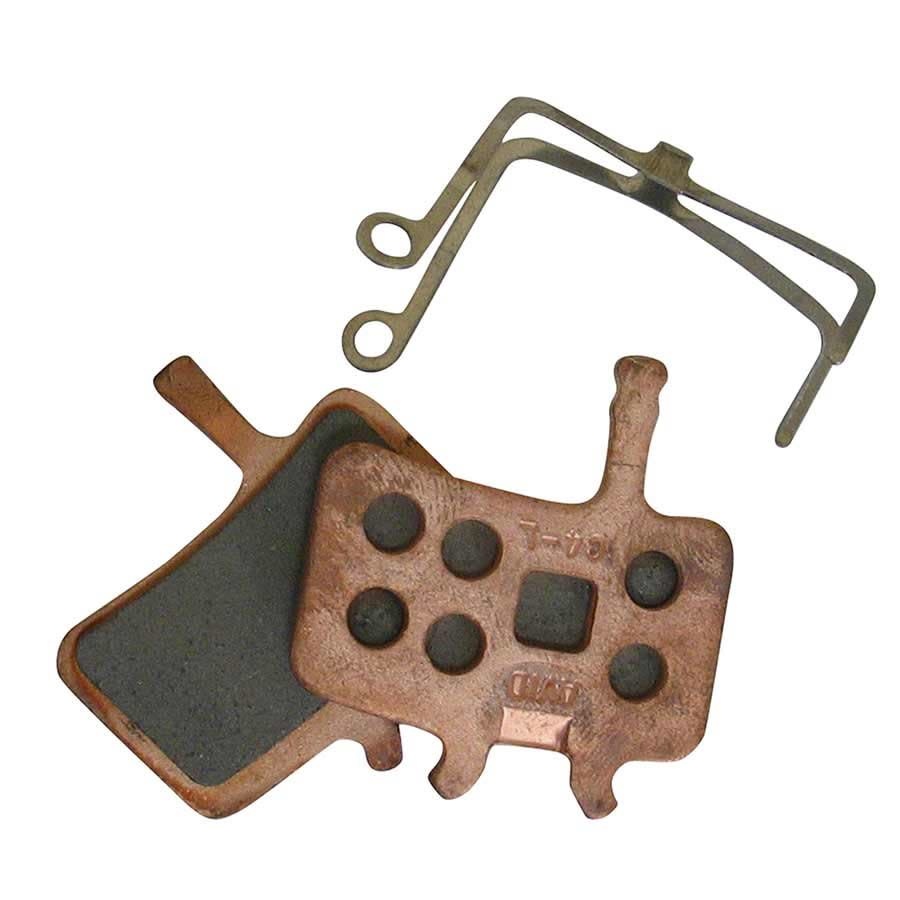PM Parts: The Latest Advancement in the Metal Industry

In today’s world, manufacturing processes have come a long way, with advanced technologies allowing for the production of intricate metal parts. Among these technologies is Powder Metallurgy (PM) parts, a method that involves the production of complex-shaped parts through the use of powder as a starting material. The process involves compacting and sintering a powder into a solid form, resulting in a strong yet porous material that has numerous applications in various industries.
PM parts are made through a multi-step process that involves mixing metal powders with lubricants and binders. This mixture is then compacted into various shapes using pressing dies, and then sintered at high temperatures, to give it the desired shape and properties. The resulting PM part has numerous benefits, making it a favorite among many industries.
One of the main benefits of PM parts is their cost-effectiveness. The PM process allows for the production of large quantities of parts, at a lower cost compared to other manufacturing processes. This is because it eliminates the need for materials such as billets, rods, and bars, which are usually required in other traditional manufacturing processes such as forging and casting.
Another benefit of PM parts is the ability to produce complex shapes and intricate designs. Because the PM process involves the use of pressed powder, it can create virtually any shape or design, making it easier to produce parts that cannot be produced by traditional manufacturing processes.
PM parts also have excellent mechanical properties, making them suitable for use in various applications. They are known for their high strength, wear resistance, and durability, which makes them ideal for use in high-stress environments such as aerospace, automotive, and industrial applications.
In Aerospace, PM parts are used for their precision and consistency in manufacturing critical engine components such as gears, bearings, and rotors. The PM process produces parts of consistent quality, with little to no variation in dimensions, which is essential in the aerospace industry.
In Automotive applications, PM parts are used in many areas of the vehicle, including the engine, transmission, and suspension, due to their excellent mechanical properties. The PM parts' ability to withstand high temperatures, corrosive conditions, and vibrations make them ideal for use in the automotive industry.
In the Industrial sector, PM parts are used in various applications such as pumps, valves, and gears, due to their high precision and consistency. The PM process can produce parts with microstructural control, which results in parts with excellent wear resistance and corrosion resistance.
Ningbo Jiehuang Electronic Technology Co. Ltd., a leading One-stop Metal parts supplier in China, has many years of experience in developing custom Metal Parts such as forging parts, casting parts, metal stamping parts, CNC machining parts, powder metal parts, and metal injection molding (MIM) parts. Their team of experts has extensive experience in developing PM parts for various industries, ensuring that their clients' needs are met.
In conclusion, PM parts are an innovative manufacturing technology that has revolutionized the metal industry. Their cost-effectiveness, ability to produce complex shapes and intricate designs, and excellent mechanical properties make them suitable for use in various industries such as aerospace, automotive, and industrial applications. Their ability to withstand high temperatures, corrosive conditions, and vibrations make them an ideal choice for critical engine components, suspension systems, and transmission parts. With companies like Ningbo Jiehuang Electronic Technology Co. Ltd. at the forefront of developing and supplying PM parts, the future looks bright for this innovative technology.